
dawn in the scrub
I spent last week in central Florida at the Archbold Biological Station.
Archbold preserves 5,000 hectares of Florida sand scrub, some of the last remaining patches of an ecosystem now largely lost to agriculture and strip malls. The sand scrub is an odd place, a fossil beach from when sea levels were high enough to restrict peninsular Florida to a narrow sandbar. Water runs right through the coarse sand, leaving the scrub looking much like a desert in spite of regular afternoon rains. Cacti thrive. It is a paradoxical place.
The scrub is also remarkable for receiving more lightning strikes than anywhere else on the continent: about 50 strikes per square mile per year. So the scrub burns all the time, and has come to depend on frequent fire to maintain the structure of the forest. This unique system has birthed dozens of sand- and fire-adapted plant and animal species that are found nowhere else.
The trip was a spur of the moment decision for me. Budding myrmecologist Fred Larabee, a student here at the University of Illinois studying the evolutionary ecology of Odontomachus trap-jaw ants, was driving down to collect Archbold's three resident species. I hitched a ride.
Below are a few photos from the week.

approaching storm in the late afternoon

stairway on the water tower
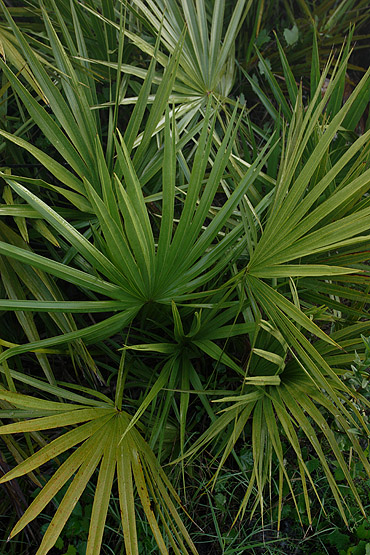
palmetto

raindrops
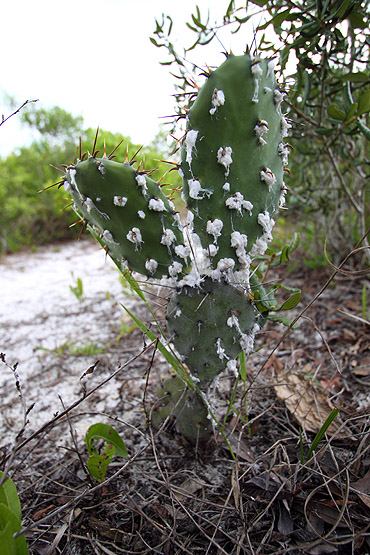
prickly pear cactus with scale insects

Chelinidea cactus bug, covered in morning dew

morning is the best time to photograph spider webs

more webs in the scrub
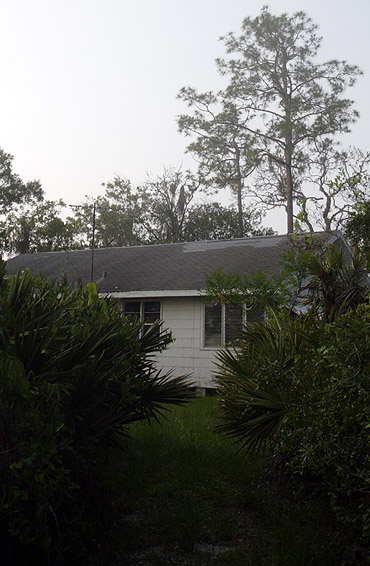
Our lovely cottage. Incidentally, it is also the cottage where legendary chemical ecologist Tom Eisner used to spend his summers doing research. Were we worthy of the place?
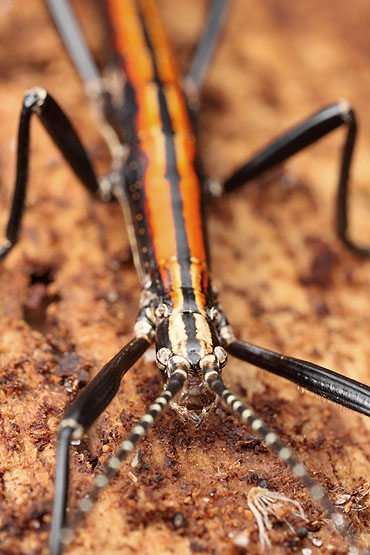
a devil's rider walking stick (Anisomorpha buprestoides), one of Eisner's classic subjects

spanish moss- really a bromeliad- trails off a dead oak tree
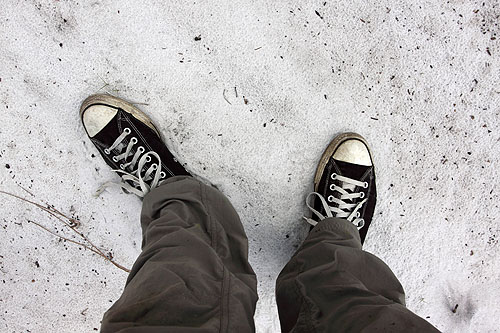
converse- the ideal field shoe for the sandy scrub
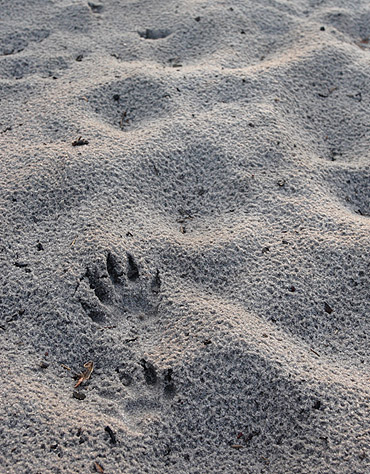
raccoon tracks

Fred Larabee monitors the activity of a trap-jaw ant colony. With the ideal field shoes, of course

nest of the cone ant, Dorymyrmex bureni

sand wolf spider captures an ant male
Of course, I also photographed a great many ants. Those will be posted shortly.
- Log in to post comments
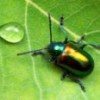

Thanks for article and the great photographs. I always appreciate those posts that follow scientific 'expeditions' to different eco-systems and feature macro-photography. Living vicariously, I guess!